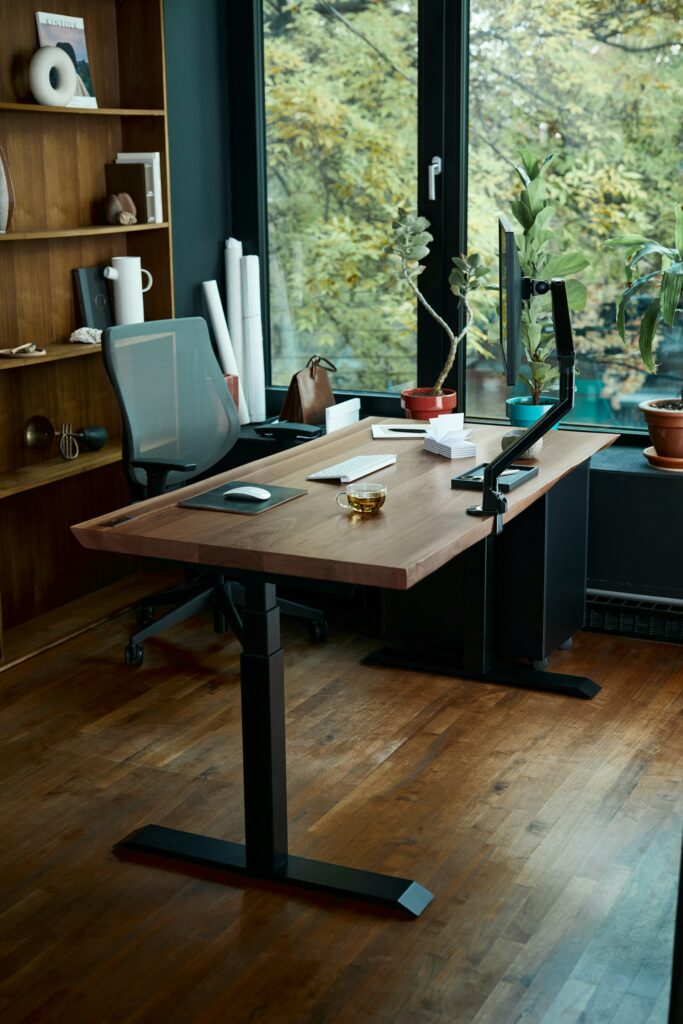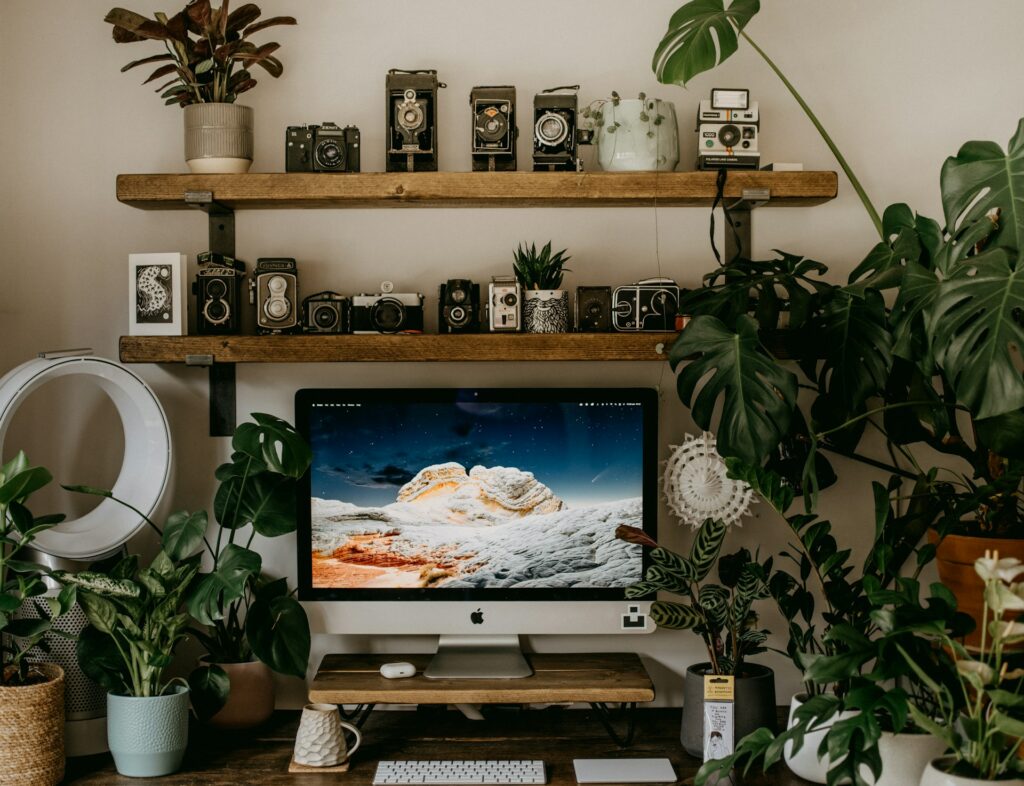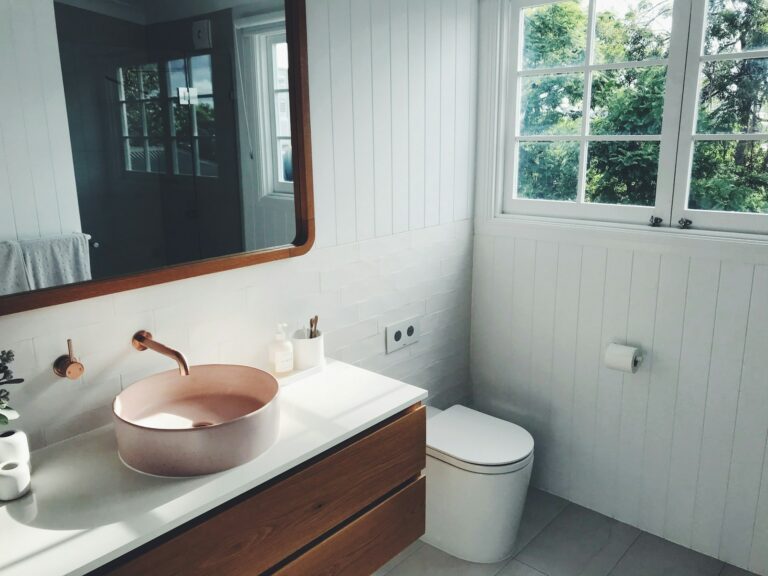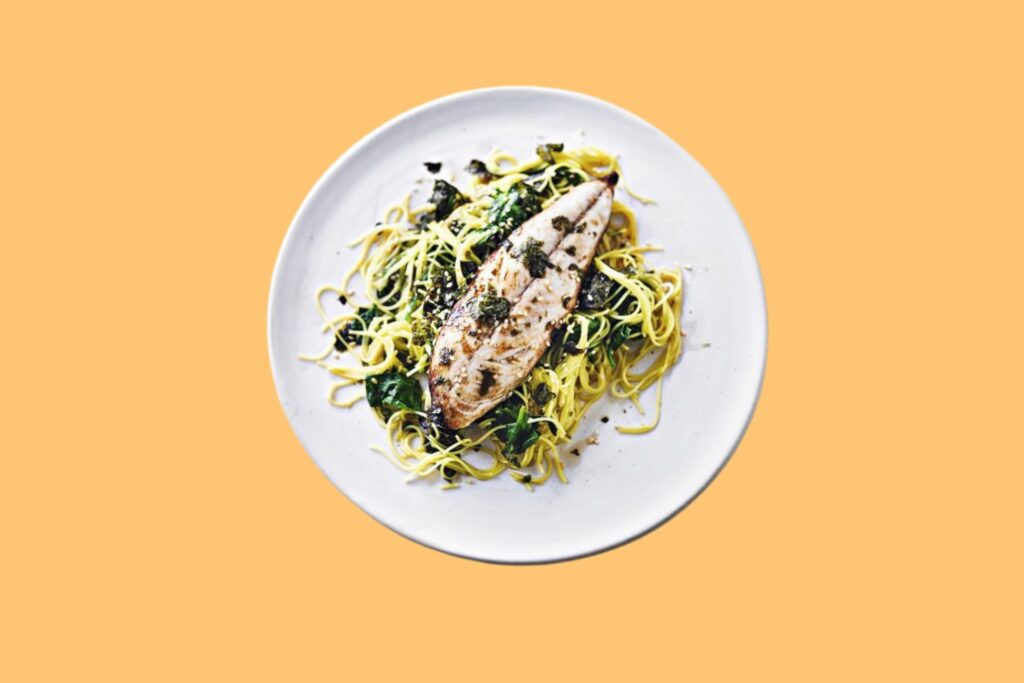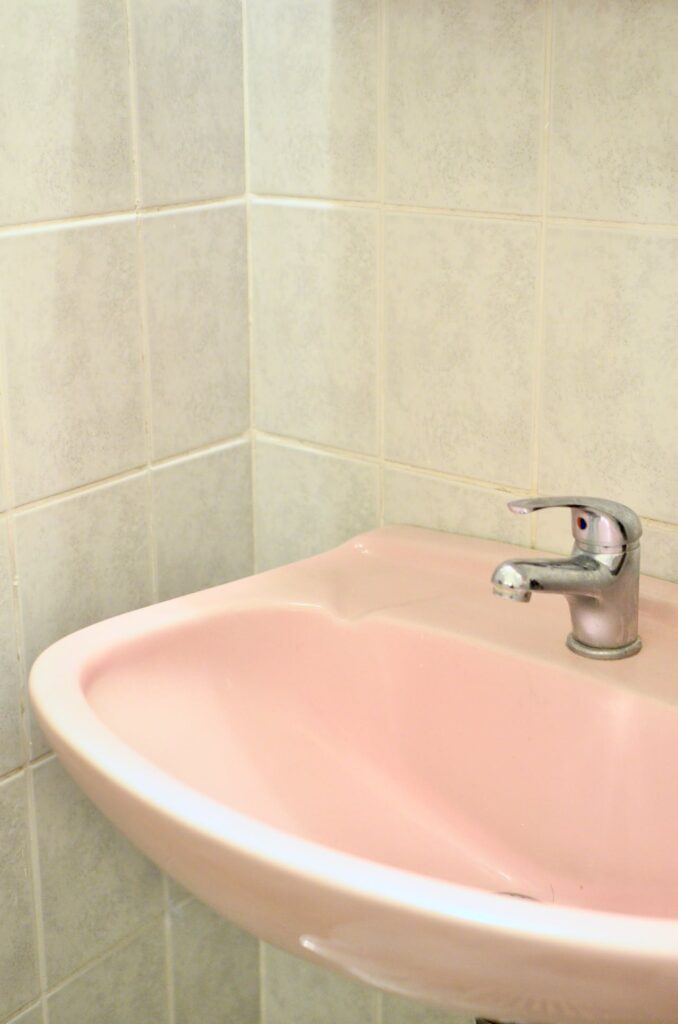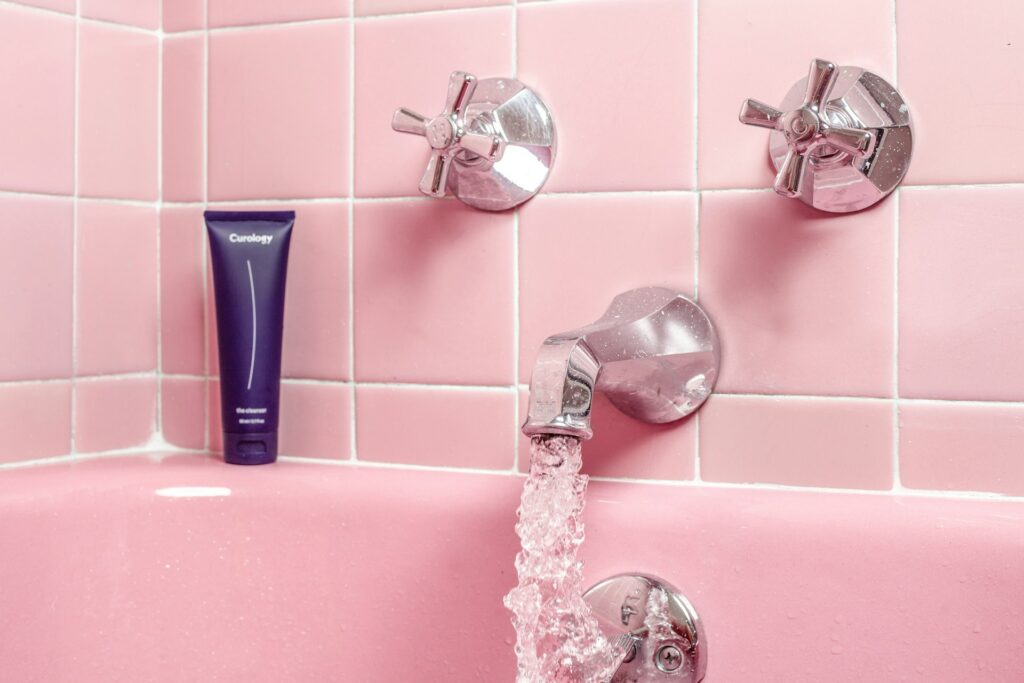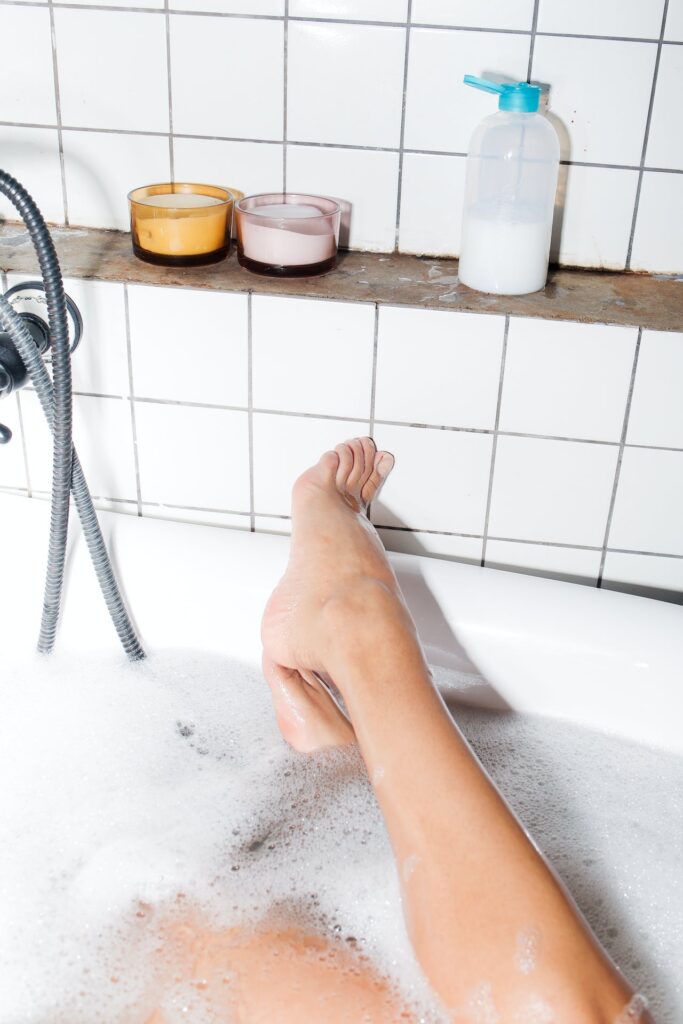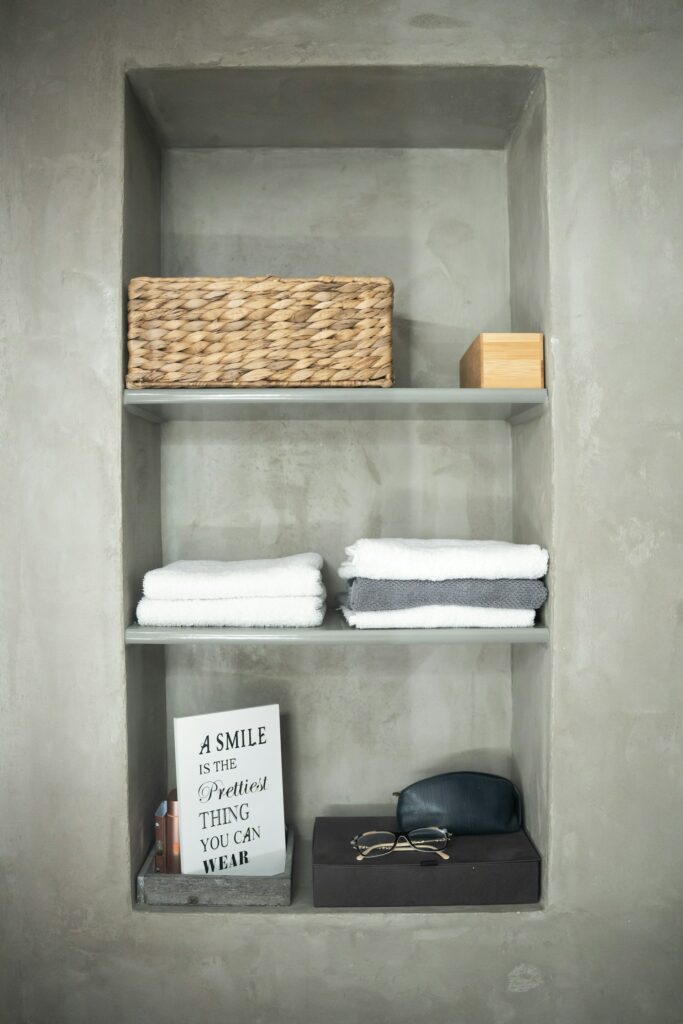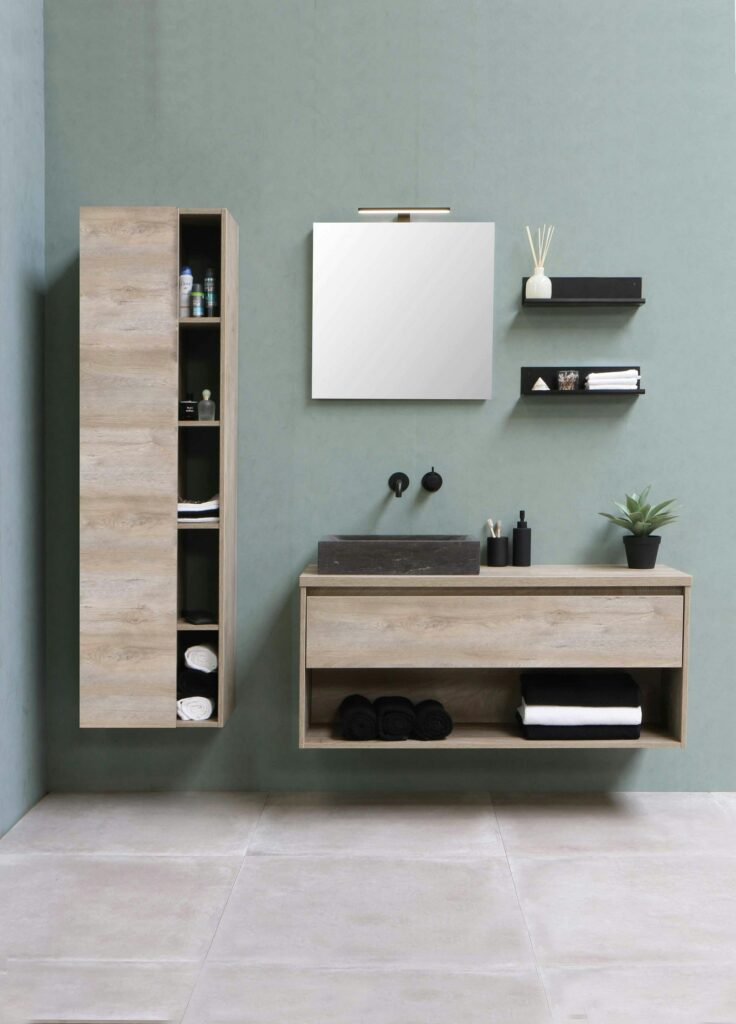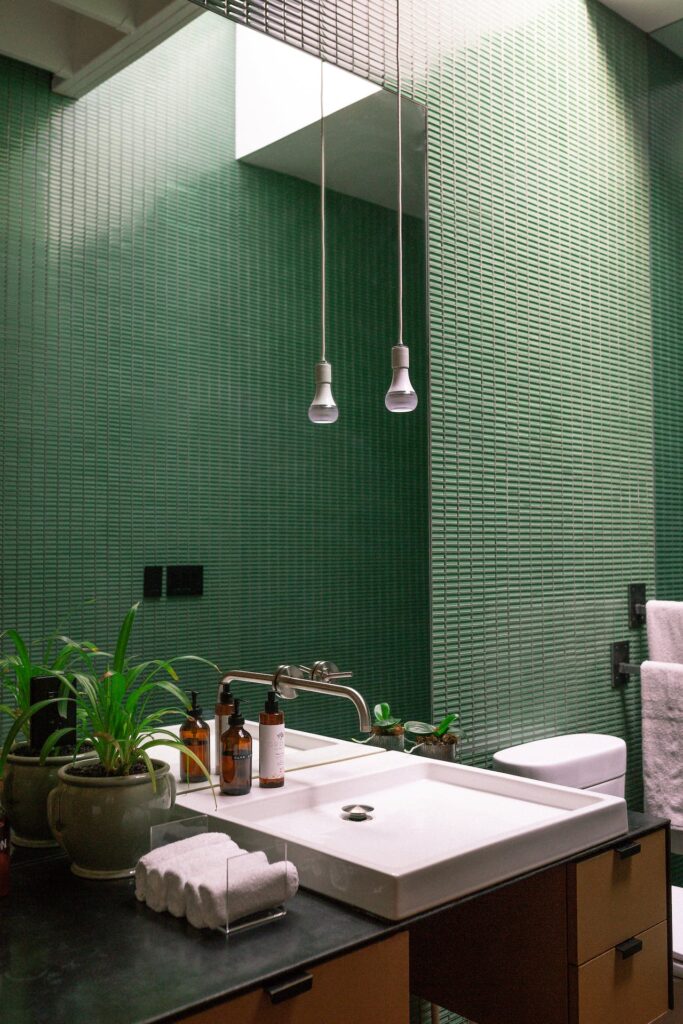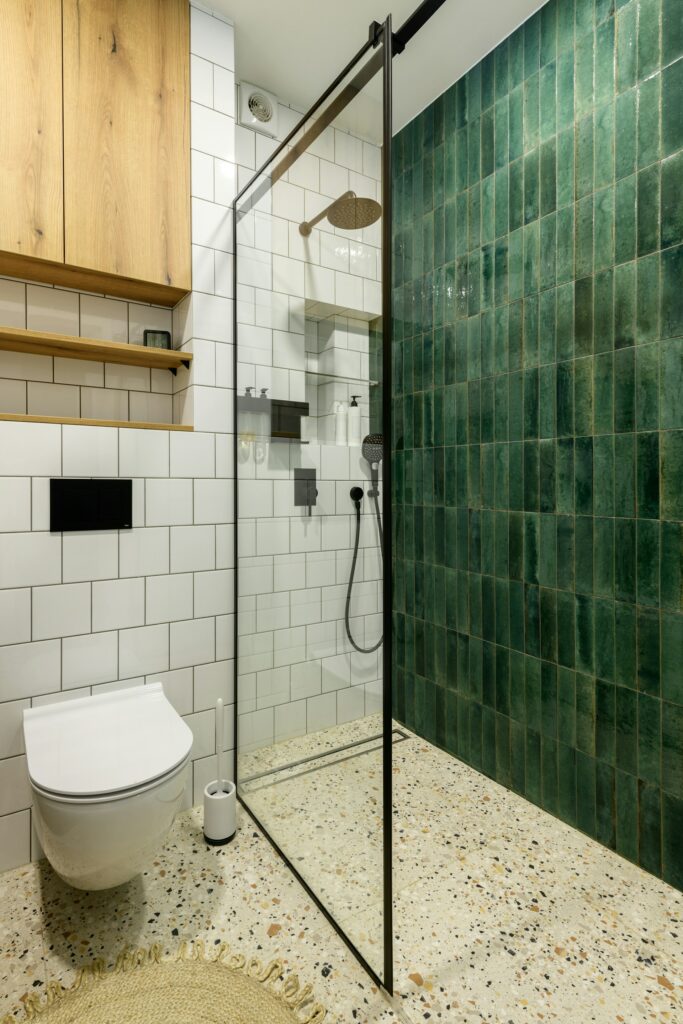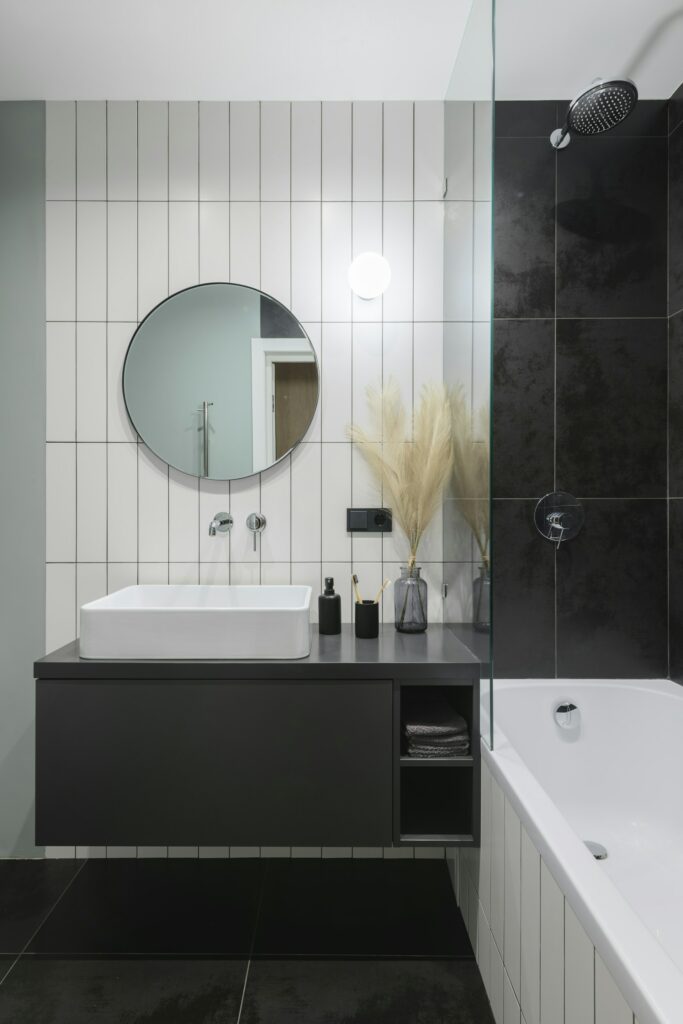Ageing is an inevitable and intricate part of the human experience, a journey that transforms the physical body and the intricacies of our mental and emotional landscapes. As our loved ones gracefully traverse this path, it becomes increasingly apparent that our role as caregivers and family members is pivotal in shaping the quality of their lives. Beyond the wrinkles and greying hair lies a wealth of wisdom and experience, and our commitment to enhancing their well-being is a testament to the love and respect we hold for those who have journeyed alongside us.
Ageing, often accompanied by a unique set of challenges, prompts us to explore innovative strategies that go beyond conventional norms. From the subtle nuances of cognitive shifts to the profound impact of emotional well-being, it’s essential to empower caregivers and family members to navigate this delicate chapter with grace and intention. With that in mind, here are some key steps to take to help improve quality of life for ageing loved ones.
Help Improve An Elderly Loved One’s Quality Of Life
Understanding The Ageing Process
The first step in enhancing the quality of life for ageing loved ones is gaining a deeper understanding of the ageing process itself. Aging involves a myriad of changes, both biological and psychological. From declines in muscle mass and bone density to shifts in cognitive function, recognizing these changes is crucial. By understanding the challenges associated with ageing, caregivers can better tailor their approach to meet the specific needs of their loved ones.

Prioritising Mental Health & Emotional Well-Being
Mental health, often regarded as the cornerstone of overall well-being, becomes increasingly significant as our loved ones navigate the intricate tapestry of ageing. The emotional landscape of seniors is as diverse as the experiences that have shaped their lives, and addressing the complexities of this terrain is essential for fostering a fulfilling and balanced quality of life.
Loneliness, a silent companion that can affect many seniors, often stems from changes in social dynamics, loss of friends or a spouse, or physical limitations that hinder the ability to engage in once-loved activities.
Recognising the impact of loneliness on mental health, caregivers and family members can play a pivotal role in establishing regular social connections. Encouraging participation in community events, facilitating interactions with friends and family, or introducing seniors to clubs and groups aligned with their interests can be powerful antidotes to the isolating effects of ageing.
Creating A Safe & Supportive Living Environment
The physical environment in which an ageing loved one resides can significantly impact their quality of life. Creating a safe and supportive living space involves addressing issues such as accessibility, and home modifications, and ensuring that essential needs are met.
This kind of support can of course also be provided by professionals whose services include home care, senior care management, and occupational therapy. From installing handrails to reducing tripping hazards, small adjustments can make a big difference in promoting independence and safety for elderly individuals.
Promoting Healthy Ageing Through Nutrition & Exercise
Maintaining physical health is a cornerstone of a well-rounded approach to ageing gracefully. In this section, we delve into the symbiotic relationship between nutrition and exercise, recognising their profound impact on the overall well-being of our ageing loved ones.
Nutrition plays a pivotal role in supporting the body through the ageing process. As metabolism slows and nutrient absorption becomes more challenging, a well-balanced diet becomes increasingly crucial. Adequate intake of essential nutrients, including vitamins, minerals, and proteins, can contribute to maintaining muscle mass, bone density, and overall vitality.
Caregivers and family members can collaborate with healthcare professionals to create meal plans that align with individual health needs and dietary preferences. This ensures that each bite is a step toward optimal well-being.

Navigating Healthcare & Medication Management
As our loved ones age, the healthcare landscape becomes increasingly complex, necessitating a vigilant and informed approach to ensure comprehensive well-being. Navigating healthcare and managing medications are integral aspects of elder care, demanding a careful balance between proactive health management and respect for individual autonomy.
Effective communication with healthcare professionals is paramount in providing optimal care for ageing individuals. This involves establishing open channels of dialogue, actively participating in medical appointments, and seeking clarification on treatment plans and diagnoses. Caregivers and family members can serve as advocates, ensuring that healthcare providers are well-informed about the unique needs and preferences of their ageing loved ones.
Addressing Cognitive Health & Memory Care
Cognitive health becomes a focal point as our loved ones age, and addressing the complexities of memory care is integral to ensuring a fulfilling and dignified quality of life. This section delves into the multifaceted nature of cognitive well-being, offering guidance on fostering mental acuity and providing compassionate support for those facing conditions like dementia or Alzheimer’s disease.
Engaging in activities that stimulate the mind is essential for maintaining cognitive function. From puzzles and games that challenge memory to creative pursuits such as painting or writing, these activities can help keep the brain active and resilient. Furthermore, maintaining social connections plays a crucial role in cognitive health. Regular interactions with friends, and family, or even participation in group activities can provide mental stimulation and emotional support. Finding a senior living home that offers personalised memory care, dignified living, and other methods of providing stimulation for older people is crucial to maintaining good memory.

Financial Planning & Legal Considerations
As individuals age, financial planning and legal considerations become increasingly important. Nuanced, delicate items such as estate planning, long-term care insurance, and navigating legal documents like wills and powers of attorney come into play here. Understanding and addressing these aspects can provide peace of mind for ageing individuals and their families.
The Bottom Line
Enhancing the quality of life for ageing loved ones requires a holistic and proactive approach. By understanding the ageing process, prioritising mental health, creating a safe living environment, promoting healthy ageing practices, navigating healthcare, addressing cognitive health, and considering financial and legal aspects, caregivers and family members can make a significant positive impact.
Each individual’s journey through ageing is unique, and tailoring these strategies to meet specific needs ensures a more fulfilling and comfortable life for our elderly loved ones. Through empathy, patience, and a commitment to their well-being, we can create a supportive and loving environment that allows our ageing family members to thrive.

















